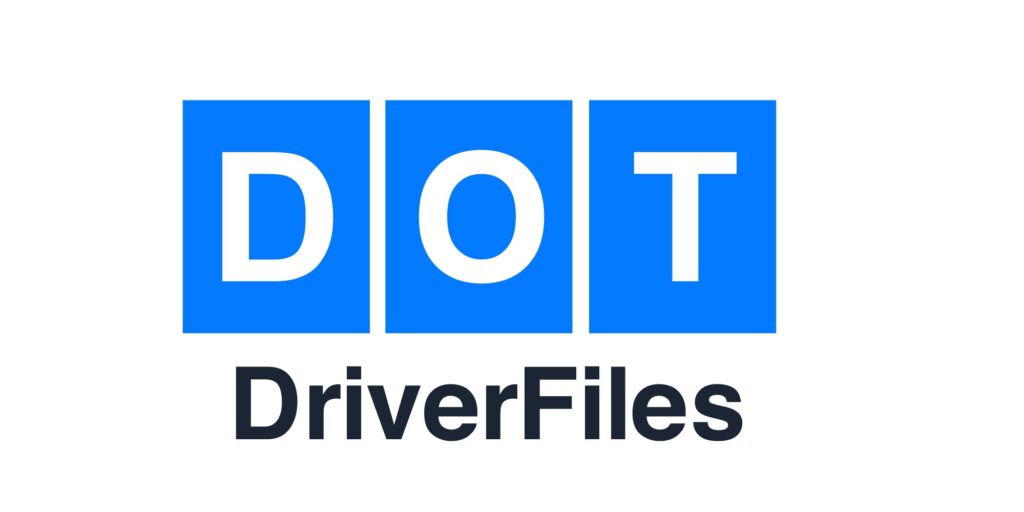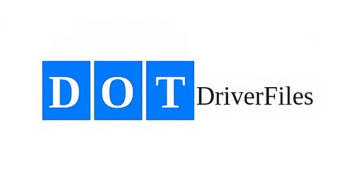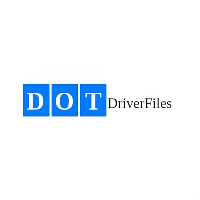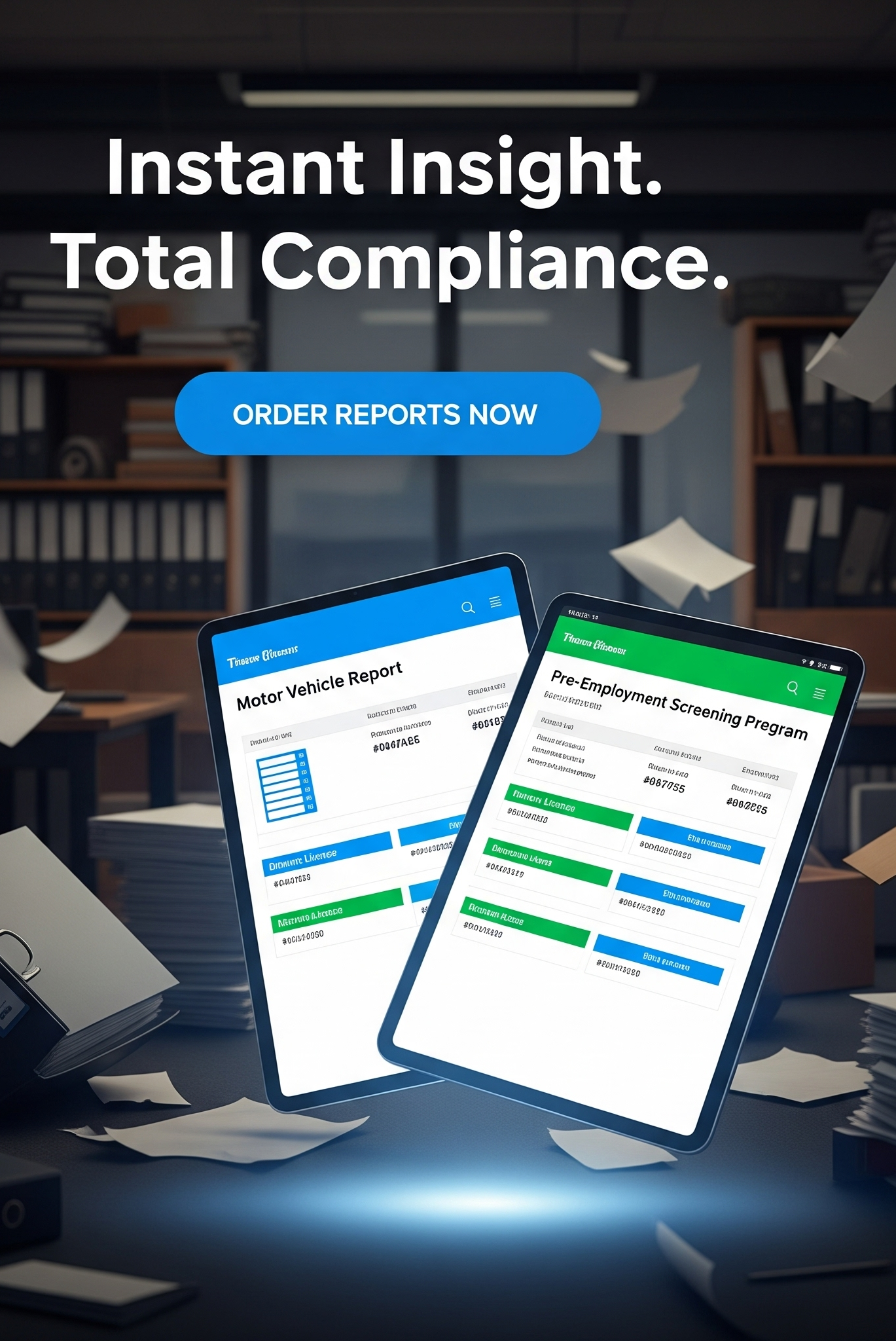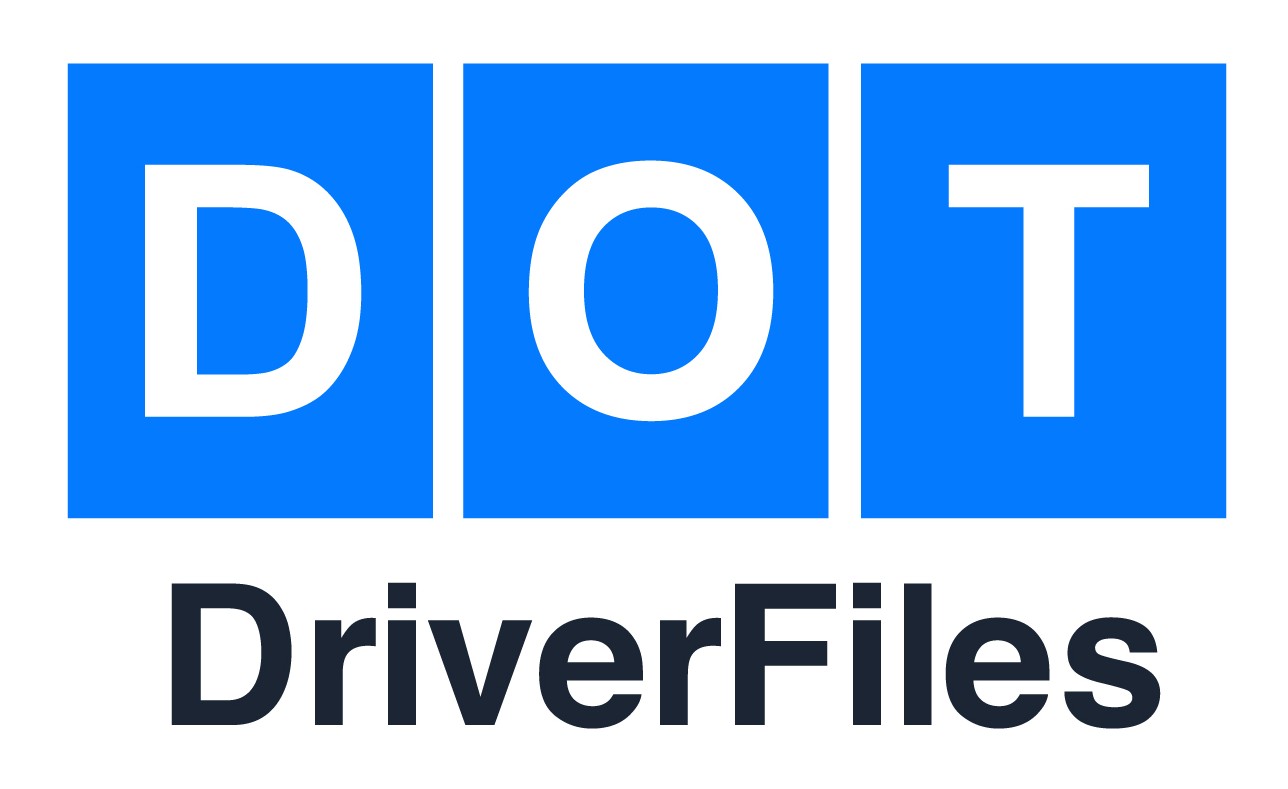Staying on top of FMCSA compliance can seem tough. But, DOT Driver Files makes handling your Driver Qualification File (DQF) a breeze. If you’re a compliance manager in the commercial transportation industry, you know keeping precise records is essential. Now, imagine easily keeping up with DOT rules with a specialized tool. Meet DOTDriverFiles.com, where thorough DQF management is made simple and user-friendly.
Your DOT compliance is critical not just for legal reasons, but for your fleet’s safety too. DOT Driver Files helps you efficiently tackle DQF rules. Our game-changing software includes everything you need for detailed and forward-looking adherence to safety guidelines. It lets you confidently manage every part of FMCSA Driver Qualification File Compliance.

Key Takeaways
- Understand the essentials of FMCSA Driver Qualification File compliance with ease.
- Elevate your record-keeping accuracy and accessibility through DOT Driver Files.
- Learn how DOT Driver Files can augment your transportation operations’ safety and compliance.
- Stay up-to-date with the latest DOT compliance requirements for peace of mind.
- Streamline the management of your Driver Qualification Files, saving time and resources.
Introduction to Effective Driver Qualification File Essentials
For those operating commercial vehicles, knowing how to handle driver qualification files is critical. These files are at the heart of road safety and following the rules, mainly due to FMCSA requirements. Understanding what documents you need helps avoid the trouble of penalties, and the risk of stopping your operations.
The path to safety compliance means creating a detailed driver qualification file checklist for each driver. It’s essential to include critical documents like:
- Detailed employment applications
- Road test certificates to show driving skills
- Motor vehicle records (MVR) for a look at the driver’s safety history
- Medical examination reports that show fitness for driving
- Background checks
- Drug & Alcohol screening program
- Work History
Keeping these files up-to-date is a must. The team at DOTDriverFiles.com points out that these documents prove a driver’s skills and safe driving ability. Each one is a key part of ensuring your fleet meets safety standards.
“Meticulous driver qualification file management is more than just meeting FMCSA mandates—it is a direct investment in the safety and reliability of your commercial vehicle operations.”
Having an organized system helps with easy document tracking and shows FMCSA your dedication to safety. Striving for this excellence benefits your drivers’ well-being and your company’s reputation with clients.
Not managing these files well can lead to severe outcomes like big fines and, worse, reduced road safety. Driver qualification file handling is crucial for your success in the commercial vehicle world.
Understanding Driver Qualification File Components
The Driver Qualification File (DQF) is a key record that shows if a driver can legally work for your organization. At DOTDriverFiles.com, knowing all about DQF parts is crucial for following FMCSA rules.
The Drivers Application for Employment
The drivers’ application for employment is a very important first step for the DQF. It lists all the places a driver has worked, which is vital for CDL drivers and owner-operators. Having a DOT driver application that meets standards is about being open and trustworthy in the driving world. It must include certain job dates to meet DOT and FMCSA needs. DOTDriverFiles has an online application that meets all of the Federal standards while seamlessly integrating with the driver’s secure online file. Applications can be sent with a simple secure link to all new applicants allowing convenience and simplified management.
Investigations of Employment History and Safety Performance
Looking closely at a driver’s employment history and safety performance is key. Employers must check with past employers by law. This checks for any issues or safety problems a driver may have had. Making sure of a driver’s work history shows a commitment to a safe and trustworthy fleet.
Inquiry to State Agencies for Driver’s Motor Vehicle Record
Checking a driver’s Motor Vehicle Record (MVR) with the appropriate state DMV is crucial. This step makes sure a driver can legally drive by checking their driver’s license. It reveals any issues, endorsements, or limits on driving. This keeps the company and the public safe. Here is a detailed look at how these parts fit in the DQF:
| Component | Purpose | Requirement | Frequency |
|---|---|---|---|
| Drivers Application for Employment | Document employment history | Complete and accurate for the past three years | Initial hiring |
| Employment History Verification | Assess safety performance | Accidents, violations, and employment confirmations | Prior to hiring and when updating DQF |
| MVR Inquiry | Verify driving record and license status | Response from the state agency with MVR | Annually, post-hiring |
| Previous Employer Inquiries | Gather safety performance history | Documented attempts and responses | Prior to hiring |
Keeping these DQF components well-documented is not just following rules, but also a smart move for reliable transport services. DOTDriverFiles.com helps trucking businesses stay on top of compliance and safety.
Federal Standards: DOT and FMCSA Regulations Impacting DQFs
If you’re part of the transportation world, following DOT regulations and FMCSA driver file requirements is key. The Federal Motor Carrier Safety Administration (FMCSA) and Department of Transportation (DOT) set rules for managing Driver Qualification Files (DQFs).
These rules aim to keep drivers safe and performing well. A well-kept FMCSA driver qualification file keeps your company legally safe. It also makes the roads safer for everyone.
| Document | Required by DOT Regulations | Retention Period |
|---|---|---|
| Employment Application | Yes | Duration of Employment + 3 years |
| Motor Vehicle Records (MVR) | Yes | Annually updated, retained for 3 years |
| Road Test Certificate | Yes | Retained for as long as the driver is employed and for 3 years thereafter |
| Prior Employment Investigations | Yes | Duration of Employment + 3 years |
| Medical Exam Certificates | Yes | Renewed every 24 months, retained for 3 years |
To help carriers follow these driver dot file requirements, using a driver qualification file checklist FMCSA is crucial. DOTDriverFiles.com provides an up-to-date checklist to help with DQF compliance. You can get the latest checklist on our website.
Remember, failing to comply isn’t just unsafe—it can also lead to legal problems, fines, and suspensions.
A good DQF shows your company cares about safety and follows the rules. By organizing your files according to FMCSA driver qualification file guidelines, you keep your fleet in good standing. This also boosts your operation’s reputation.
It’s vital to review your DQFs against DOT regulations and FMCSA requirements regularly. With unexpected audits, having your documents well organized is a must. This preparation makes inspections smoother.
- Check the driver qualification file checklist FMCSA regularly.
- Update your DQF every year as FMCSA requires.
- Make sure everything is complete, from work history to health checks.
To wrap up, always keep a close eye on your driver qualification files. Using resources like DOTDriverFiles.com for the latest info and checklists helps you stay compliant. This way, you ensure safer travels for all.
Maintaining Current and Accurate Driver Files
Companies devoted to road safety see the value in keeping driver files up to date. It’s not only about following rules but showing a commitment to safety. Keeping a DOT driver file current means knowing the latest rules from the FMCSA. It also involves checking driver records regularly. Let’s talk about what’s needed to keep driver files in check.
Annual Updates and Reviews
Doing a yearly MVR review is key to maintaining relevant driver records. It helps in making sure drivers meet the required standards. This process also spots any changes in a driver’s record that could affect their safety on the road. By keeping documents up to date, companies can keep track of their drivers’ qualifications and safety records.
Documenting Driver Qualification File Checklist FMCSA Updates
Using a checklist for driver file updates is a smart move. This is especially true as rules and regulations change. For DOT Driver Files, this checklist is a tool for keeping driver information organized. It helps ensure a driver’s qualifications, like medical exams and safety history, are correctly filed.
With resources like DOTDriverFiles.com, managing driver files becomes easier. This supports a culture of safety and follows industry regulations. Such practices are crucial for the success of the trucking sector.
Leveraging Driver Qualification File Management Software
Trucking companies are enhancing their efficiency and meeting strict DOT rules with digital record-keeping. Driver qualification file management software is key for easy maintenance of DQFs.
Automated DQF systems eliminate the hassle of manual entries which can lead to mistakes. These systems are easy to use, even for those not good with technology. Plus, they help keep everything in line for DOT compliance services, making sure all documents are current for inspections.
Using these digital tools can save money in the long run despite the upfront costs. DOT compliance services pricing becomes more manageable, saving time and reducing the risk of fines.
At DOTDriverFiles.com, our driver qualification file management software is tailored to your business. It not only keeps records safe digitally but also updates you on FMCSA changes.
Your fleet’s compliance is our priority. Let automated DQF systems elevate your compliance efficiency.
- Effortless tracking of driver qualification documents
- Automatic reminders for document renewals and audits
- Secure cloud-based storage for easy access and enhanced security
- Up-to-date with the latest FMCSA Driver Qualification File Compliance
Advance your fleet management with the best and easiest-to-use driver qualification file management software. It’s time to minimize manual errors, stay on top of DOT rules, and boost your business.
Ensuring Compliance with DOT Driver Qualification File Requirements
Meeting DOT compliance is key for trucking operations. Your company, DOT Driver Files, focuses on keeping up with rules and checking driver qualifications. It shows your commitment to safety and following the law.
Pre-employment Screening with PSP FMCSA Reports
The pre-employment screening program (PSP) helps check potential hires. The PSP report gives detailed safety records of drivers. It’s a vital part of PSP screening, letting you see a driver’s past actions on the road.
To use the PSP database well, carriers should:
- Start PSP screenings early
- Look closely at the PSP report from FMCSA
- Match results with your driver checklist
- Make hiring decisions based on FMCSA data
This access to data ensures you comply with FMCSA rules and improves road safety.
Regular Internal Audits for Compliance Assurance
The PSP report is just the start; keeping DOT compliant requires continuous work. Regular internal audits help avoid compliance issues and pinpoint areas for improvement.
Effective internal audits include:
- Quarterly checks of FMCSA guidelines
- Reviewing driver files against new standards
- Keeping driver PSP reports updated
Doing compliance assurance regularly prepares you for FMCSA audits and creates a proactive work culture.
| Pre-Employment Screening Phase | Key Actions | Audit Phase | Key Revisions |
|---|---|---|---|
| Driver Application Review | Verify previous employment through PSP reports | Annual File Update | Check that all driver qualifications are current |
| Roadway Incidents Assessment | Evaluate any past incidents for safety patterns | Quarterly Compliance Checks | Ensure files reflect the most recent FMCSA standards |
| Decision-Making | Use PSP data to make hiring decisions | Ongoing Training | Train staff on updated FMCSA rules and tools |
By using FMCSA pre-employment screening and regular audits, DOT Driver Files leads in reliability and compliance. These thorough practices ensure your company is always compliant, keeping your drivers safe and qualified.
Integrating Digital Solutions for DOT Compliance
The world of DOT compliance is changing fast. Tech is now a big part of it. If you work in trucking, you’ll like how digital solutions make following rules easier. Companies like DOT Driver Files have made the truck driver application process better. They make sure every step follows FMCSA and DOT rules closely.
No more overflowing file cabinets; today’s trucking companies aim for efficiency and precision. Now, you can do a CDL employment application online. All your information is safely kept in the cloud. Moving to digital not only speeds things up but also helps our planet by cutting down on paper.
Meeting FMCSA MVR requirements is key for compliance. This can be automated, making it more dependable. Digital tools let you schedule and get MVR updates on time. You can keep records current without the stress of doing it by hand. This is very important for keeping your DOT Driver Qualification File up-to-date.
- Electronic Record-Keeping: Makes organizing and getting to compliance documents easier
- Automated Reminders: Helps make sure you never miss FMCSA MVR requirements
- Streamlined Application Process: Makes the truck driver application easier to use
- Immediate Data Retrieval: Lets you quickly check a CDL employment application status and history
Using digital solutions for DOT compliance has changed the game. Investing in this tech is smart. It improves compliance, gives you peace of mind, and makes your company look forward.
With new digital tools from companies like DOT Driver Files, trucking is moving into a new phase of DOT compliance management. These tech updates lower the chance of mistakes, fines for not following rules, and help keep the roads safe with skilled drivers.
The Role of Driver Qualification File in Promoting Trucking Safety
A Driver Qualification File (DQF) is key to commercial driving safety. DOT Driver Files use DQFs to make sure each driver is safe and follows fleet safety regulations. These files contain important information like licenses and medical records to keep roads safe.
Handling DQFs well is more than just following rules. DOT driver files help improve safety in the trucking industry. They update regularly, making roads safer for everyone. This shows a company’s dedication to safe driving practices.

For driver qualification file FMCSA compliance, DOTDriverFiles.com makes managing these files easy. Digital tools help keep DQFs current. This creates a safe driving environment and lowers risks. A well-organized file proves the importance of safety in commercial driving.
| Detail | Relevance to Safety | Regulation Compliance |
|---|---|---|
| Driver’s Licensing Information | Ensures only licensed drivers operate vehicles. | Meets 49 CFR 391.51 standard for driver qualification. |
| Medical Examiner’s Certificate | Confirms driver’s medical fitness to drive. | Adheres to FMCSA medical regulations. |
| Past Employment Verification | Tracks safety performance history. | Required by DOT for employment verification. |
| Annual MVR Review | Maintains a record of driving performance. | Complies with annual review requirement per FMCSA. |
DOTDriverFiles.com offers an impeccable resource for managing the driver qualification file FMCSA compliance—a cornerstone in safeguarding the efficacy and safety of your commercial fleet.
Beyond Compliance: Records Management for DOT Driver Files
Handling DOT driver files is more than just about following rules. It’s about being better and ensuring fleet management safety. Companies like DOTDriverFiles.com aim to not just meet, but exceed compliance requirements. They integrate these standards into their everyday work.
It’s about finding a balance. Balancing compliance with the aim of a safer and more efficient workspace is key. This makes the workplace better for everyone.
Why is going above the bare minimum important for your fleet? It’s about building a responsible company culture. Good driver qualification files management gives a complete view of safety records. This allows for better decisions and risk management. You’re then ready for any DOT checks with ease.
Table: Key Aspects of Records Management for FMCSA Compliance and Safety
| Aspect | Description | Benefits |
|---|---|---|
| Organization | Diligent categorization and filing of DOT driver files. | Enhanced accessibility and response time during audits. |
| Digitization | Conversion of paper files to digital records for driver qualification files. | Improved security, backup, and recovery of critical documents. |
| Review Processes | Regular auditing of driver files against FMCSA guidelines. | Early identification of discrepancies and preemptive problem-solving. |
| Employee Training | Educating staff on the nuances of FMCSA compliance and records management. | Increased compliance adherence and reduction in human error. |
| Integration | Incorporation of fleet management safety systems with existing enterprise software. | Seamless workflow with corporate operations and decision-making. |
Good records management is crucial for being transparent and responsible. When the team knows how vital accurate DOT driver files are, they’ll work to keep them up to date. One missed document can risk the fleet’s compliance. Attention to detail ensures compliance and fleet safety.
For top-notch driver qualification files management, use the latest tools. These tools, from document systems to compliance software, simplify maintaining records. They offer real-time updates, MVR service integration, and alerts for document renewals. This puts you on the path to excellence in operations.
Handling Common Challenges in Driver Qualification File Management
As a fleet operator at DOT Driver Files, dealing with employment verification challenges is tricky. It gets tough when you’re confirming a new driver’s safety performance history information because past employers might not respond. But, there’s hope—there are structured steps and smart ways to solve this.
Practical Solutions for Employment Verification Challenges
For issues with inquiries to previous employers, having strong SOPs is key. Use detailed release forms that follow DOT regulations to make gathering past work details less of a headache. This keeps the process clear and ensures every check is recorded, keeping DOT Driver Files on track with FMCSA rules.
If you hit a wall with incomplete records, try this tip: ask for several contacts at past jobs. This can up your chances of getting the info you need to meet DOT driver qualification rules.
Overcoming Data Management Hurdles
Data management hurdles are another big issue. Beating this means moving to digital record-keeping. This shift isn’t just good; it’s critical. Going digital means DOT Driver Files gets automatic reminders for important file updates, keeping everything in line with FMCSA rules and cutting down on paperwork stress.
Switching to digital keeps files secure, easy to get to, and current. Organizing everything well leads to more time for managing the fleet, and less time sorting papers. By using these advanced digital tools, DOT Driver Files leads the way in managing driver files expertly.
Imagine this: a driver’s medical certificate is about to expire. With digital alerts, DOT Driver Files knows immediately and sends a document update request to the compliance manager and driver automatically. This quick action keeps operations smooth and boosts safety measures.
In short, mastering driver file management needs focus and new ideas. With strong checks on employment history and top-notch data handling, DOT Driver Files stands out for sticking to rules and promoting safety.
Driver Qualification File: The Keystone of Fleet Management
For fleet management experts, having a solid Driver Qualification File (DQF) is key. It ensures your fleet meets FMCSA driver qualification standards and DOT regulations. This keeps your trucking operations safe and within the law.
At DOT Driver Files, we see fleet management as more than just managing trucks. It’s about making sure every driver is ready and able to safely drive. We place a big focus on FMCSA driver qualification for your business’s smooth running and legal safety.
Dealing with DOT regulations can be complex. But, DOTDriverFiles.com is here to help. We assist you in keeping your DQFs accurate. This protects your company’s good name and your drivers’ safety.
Here’s why a DQF is so important for managing a fleet:
- It keeps driver credentials and compliance info tidy.
- Makes checking if a driver meets FMCSA standards easy.
- Stores essential info for audits and DOT checks.
- Ensures drivers are healthy and skilled enough to drive.
- Cuts down risks and boosts your trucking business’s steadiness.
A top-notch Driver Qualification File is vital for effective fleet management. By following FMCSA driver qualification rules and knowing DOT regulations, your trucking operations show a strong commitment to safety and regulatory compliance.
Adopting Best Practices for Managing Your Driver Qualification File
In the trucking field, sticking to best practices in DQF management is key for your fleet. Following FMCSA guidelines is vital. It means more than just meeting legal needs; it boosts safety and efficiency for managing drivers. Let’s look into the important DOT compliance strategies that keep your company respected and running smoothly.
Keeping files up-to-date is crucial. Regular File Updates mean each Driver Qualification File (DQF) shows the right info about a driver. This includes everything from health checks to yearly driving record reviews.
Internal Audits are about doing regular, detailed checks. This way, small issues don’t turn into big problems. It’s a smart way to find and fix gaps in your records before they lead to penalties.
Using Efficient Management Tools can make paperwork easier. Programs from DOT Driver Files help streamline your work and remind you of important deadlines. Checking out DOTDriverFiles.com can greatly aid in keeping up with FMCSA Driver Qualification File Compliance.
It’s crucial to stay updated on new rules and include them in your operations quickly. Being proactive is not just good practice—it’s necessary to excel in commercial driver management.

| DQF Element | Best Practice | Benefits |
|---|---|---|
| Medical Certificate Updates | Annual systemized checks | Ensures continuous driver eligibility |
| Road Test Certificates | Documenting tests as they occur | Immediate compliance with DOT standards |
| Driving Record Reviews | Maintain annual review schedule | Avoids disqualification of drivers |
| Previous Employment Verification | Use standardized forms and processes | Streamlines the verification process |
| Training Documentation | Track and update as completed | Reflects commitment to safety and skill |
Make those best practices a part of your team’s routine. Doing this helps you follow FMCSA guidelines closely. It also sets you apart as a leader in DOT compliance strategies and commercial driver management.
Conclusion
In the world of trucks and buses, following DOT standards isn’t just about following rules. It ensures safety and smooth operations. Having a great Driver Qualification File (DQF) system is key to keeping roads safe. DOTDriverFiles.com helps you keep your DQF management sharp and up-to-date, meeting the highest standards.
Understanding FMCSA regulations helps make sure only the best drivers navigate your fleet. Keeping detailed records of driver qualifications means more safety for all on the road. Using the latest tech and best practices makes managing these records easier.
Knowing the latest in rules can change how you handle DQF management. Use trusted sites like DOTDriverFiles.com for help with FMCSA Driver Qualification File Compliance. Your dedication to these standards shows your commitment to safety and efficiency. It builds a safety-first culture in your company and the trucking world.
FAQ
What documents are required in a Driver Qualification File (DQF)?
A DQF usually has the driver’s job application and road test certificates. It also includes motor vehicle records (MVR) and medical examiner’s certificates. You’ll find records from past employers about the driver’s safety history, a list of violations, and proof of qualifications under 49 CFR Part 383.
How frequently must a motor carrier review a driver’s Motor Vehicle Record (MVR)?
Motor carriers should check the MVR once a year. This ensures drivers are safe to drive and meet all requirements. They must record who checked the MVR and when.
What is the role of the Pre-employment Screening Program (PSP) report in hiring drivers?
The PSP report gives a look at a driver’s past safety performance. It offers five years of crash data and three years of roadside inspections. This helps make better hiring choices. DOTDriverFiles offers a 1-click automated solution to fulfill this requirement.
Are there any digital solutions available for managing Driver Qualification Files?
Yes, DOTDriverFiles.com helps manage DQFs digitally. They track when documents will expire, remind about review dates, and keep documents stored securely online for easier compliance and efficiency.
How can trucking companies ensure ongoing DOT compliance for their DQFs?
To stay DOT compliant, companies should do regular self-checks. They can use software for DQF management, keep up with FMCSA rules, and carefully store all records related to driver qualifications and safety.
Why is the Drivers Application for Employment an essential part of the DQF?
The driver’s job application gives a detailed work history, which DOT needs. It shows the driver’s past jobs, driving record, and any accidents or tickets. This info is key for safety and following rules.
What should be done if a previous employer does not respond to an employment verification request?
If an old boss doesn’t get back to you, keep detailed notes of trying to reach them. Log your phone calls, emails, or letters sent by certified mail as proof of your effort.
Are there specific retention times for documents within a Driver Qualification File?
Yes, the FMCSA says how long each document must be kept. For example, a driver’s application is stored while they work there plus three more years after they leave. Test certificates and MVRs have their own set times too.
Can digital record-keeping systems be used to manage Driver Qualification Files?
Definitely, using digital systems for DQFs is getting more popular. They’re great for keeping records accurate, up-to-date, and ready for any checks or audits. DOTDriverFiles offers fast, secure, and redundant digital storage with every account. You can rest assured that your files are safe and accessable.
What is the impact of effective DQF management on trucking safety?
Good management of DQFs means all drivers are properly vetted and have safe driving records. This is crucial for keeping roads safe, cutting down on accidents, and meeting federal safety rules.
